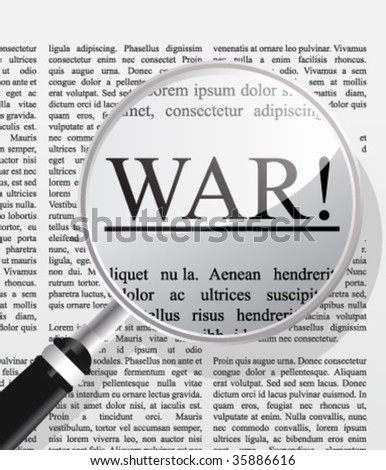There are clearly many ways to victory and this is not about the best approach but perhaps the most effective approach. The measure is simple. The offense is measured by runs scored, the pitching is measured by runs allowed and defense is measured by Defensive Efficiency (DEF). Now certainly the DEF impacts runs scored, so the pitching effectiveness does to some respect include the team defense. Also, the short series format is a different dynamic than the overall season, since to some respect, team weaknesses can be hidden. The table at the end of the article shows the relevant data.
Offensively, it is assumed that the RCL is much more effective in scoring runs that the TML, and this would be generally true with one exception. Despite all the HR and SB, SoCal is only 6th in the RCL in offense. San Francisco, the TML's best offense would exceed SoCal's run total making them the 4th best offense in the playoffs. (Note: that the difference between San Francisco (4), SoCal (5) and Kansas City (6) is only seven runs, so it should be viewed that these are equivalent offenses,
Conversely, the TML is viewed as the pitching/defense league and thus is assumed that the better runs allowed totals and DEF would be in the TML. But in runs allowed, this assumption would actually be false. The least number of runs allowed belongs to Nottinghamshire, followed by Kansas City and closely San Francisco. The fourth spot among playoff teams is a tie between SoCal and Eureka. In DEF the TML does have 3 of the top 4 spots, but the top spot is again a RCL squad, Nottinghamshire.
The final measure of effectiveness to look at is the differential or Per Game Advantage (or margin of victory), The clear advantage here goes to Nottinghamshire which essentially is 2 runs better a game then their opponents. This is a half run better than the two second best teams, San Francisco and Kansas City. With only Eureka and Cabo San Lucas being less than a run per game better. Their margins of error for victory will be slim indeed.
The Kansas City v San Francisco match is clearly a toss up, but there is a good chance the TML representative will come from the winner of this series. Pitching and defense seem to heavily favor Nottinghamshire as the RCL representative, but given the challenges of a short series, any of the other RCL challengers seem strong enough to claim an ABL title.
| Runs scored | League Rank | Runs alllowed | League Rank | Per Game Advantage | DEF | |
| Nottinghamshire | 990 | 2 | 684 | 1 | 1.9 | 0.688 |
| SoCal | 925 | 6 | 730 | 2 | 1.2 | 0.665 |
| Monreal | 942 | 5 | 771 | 3 | 1.1 | 0.656 |
| Seattle | 982 | 3 | 808 | 4 | 1.1 | 0.681 |
| San Francisco | 928 | 1 | 709 | 2 | 1.4 | 0.677 |
| Eureka | 855 | 5 | 730 | 3 | 0.8 | 0.683 |
| Cabo San Lucas | 895 | 4 | 796 | 5 | 0.6 | 0.687 |
| Kansas City | 921 | 2 | 701 | 1 | 1.4 | 0.683 |

